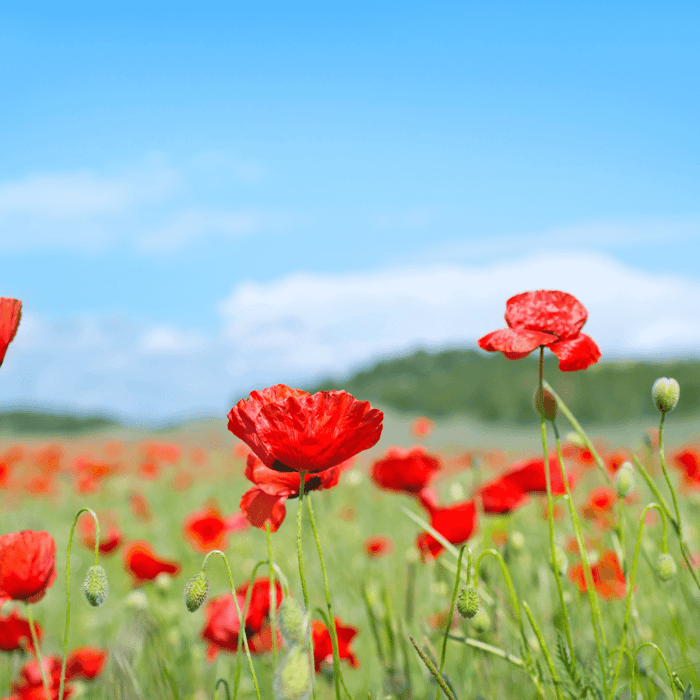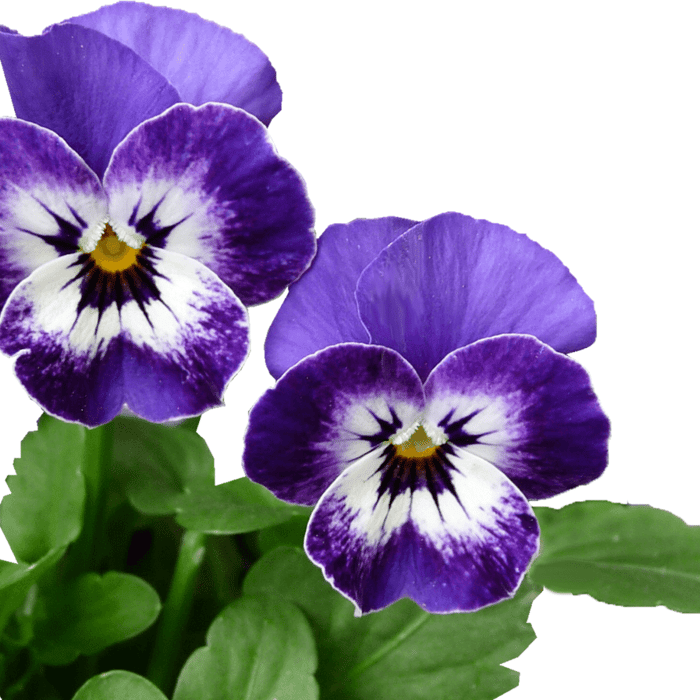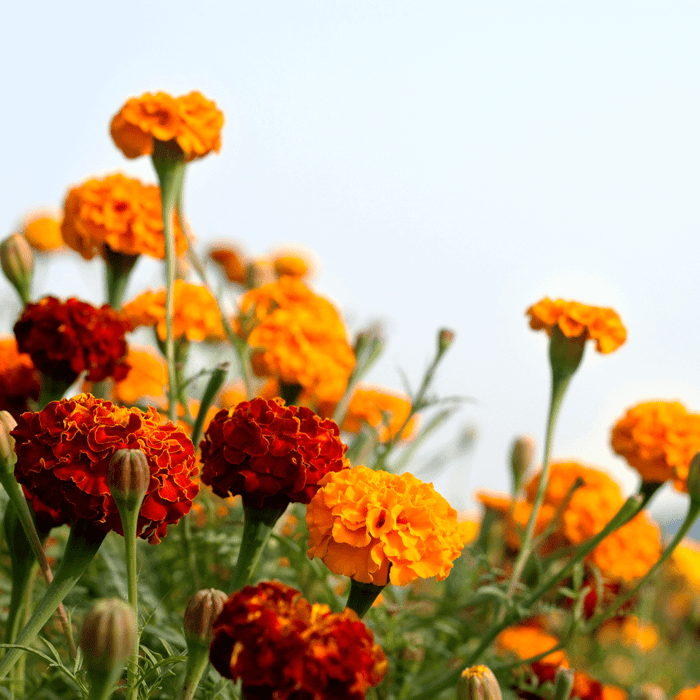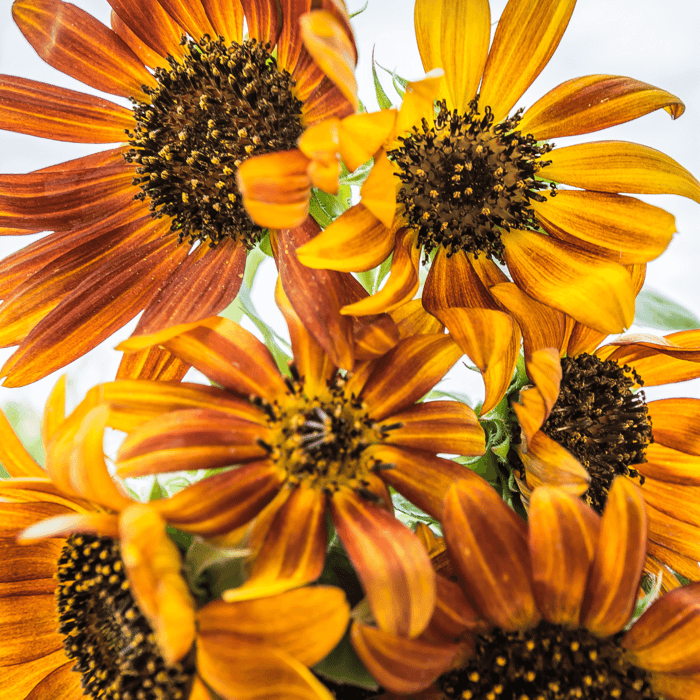As a passionate flower gardener, I've always been captivated by the vibrant beauty of poppies. With their delicate petals and striking colors, poppies flower can add a touch of elegance and flair to any garden. In this comprehensive, step-by-step guide, I will share my knowledge and experience on how to plant poppy flower seeds for a thriving, eye-catching garden display.
Table of Contents
- Introduction to Poppies
- Choosing Poppy Seed Varieties
- Preparing the Soil
- Sowing Poppy Flower Seeds
- Caring for Poppy Seedlings
- Poppy Plant Care and Maintenance
- Harvesting Poppy Seeds
- Frequently Asked Questions
1. Introduction to Poppies
Poppies (Poppy Papaver) are heirloom seeds cherished for their beauty and ease of care for centuries. They come in various colors and varieties, including the delicate papaver rhoeas and the impressive oriental poppies. They prefer full sun and well-drained soil, making them popular for gardeners in many climates.
Wildflower, Perennial, & Annual Flower Seed Kit | 35 Variety Pack
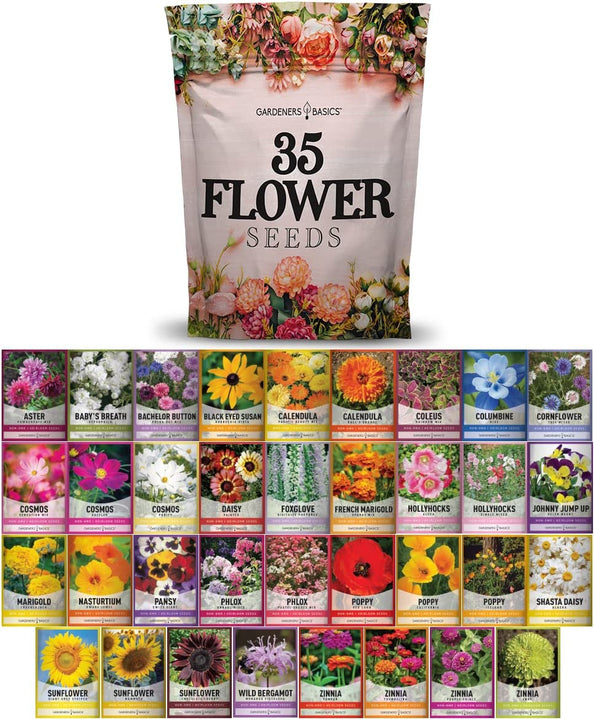
$29.95
$49.95
35 Flower Seeds Variety Pack – Heirloom, Non-Hybrid, Non-GMO, Open-Pollinated – Perfect for Pollinator-Friendly Gardens Transform your garden with our 35 Flower Seeds Variety Pack, offering a stunning and diverse selection of heirloom, non-hybrid, and non-GMO seeds. Each variety in… read more
Plant Characteristics
- History of the Seed: Poppies have a long and storied history, dating back to ancient civilizations. They have been used for their medicinal properties, culinary purposes, and ornamental beauty throughout the ages.
- Days till Maturity: Poppies typically mature for 70 to 90 days, depending on the variety.
- Planting Depth: Poppy seeds should be planted no deeper than 1/8 inch.
- Plant Spacing: Space poppy plants 6 to 12 inches apart, depending on the variety.
- Days to Germination: Poppy seeds generally germinate for 10 to 21 days.
- Start Indoors or Direct Sown: It is recommended to direct sow poppy seeds, as they do not transplant well.
- Full Sun or Partial Shade: Poppies thrive in full sun but can tolerate partial shade.
- When to Harvest: Harvest poppy seeds once the seed pods have dried and turned brown.
- Plant Height: Poppy plants can grow anywhere from 12 inches to 4 feet tall, depending on the variety.
- Plant Width: Poppy plants can spread 12 to 24 inches wide.
2. Choosing Poppy Seed Varieties
When selecting poppy seeds for planting, consider the following popular varieties:
- Papaver Rhoeas: Also known as corn poppies, these delicate flowers come in shades of red, orange, and pink.
- Oriental Poppies: These large, showy flowers are available in various colors, including red, pink, white, and salmon.
- California Poppies: These drought-tolerant poppies have a vibrant orange hue and are perfect for hot, dry climates.
3. Preparing the Soil
To ensure successful poppy plant growth, follow these steps to prepare your soil:
- Choose a location with total sun exposure and well-drained soil.
- Loosen the dirt to a 12 to 15 inches depth using a garden fork or tiller.
- Mix in a 2- to 4-inch layer of compost or aged manure to improve soil fertility and drainage.
- Test the soil pH. Poppies prefer a slightly acidic to neutral pH of 6.0 to 7.0. Adjust the soil pH if necessary.
4. Sowing Poppy Seeds
To sow poppy seeds:
- Wait until the danger of frost has passed in early spring.
- Lightly scatter the poppy seeds over the prepared soil, as they require light to germinate. Remember not to bury the seeds too deep; 1/8 inch is the ideal depth.
- Gently press the seeds into the soil to ensure good seed-to-soil contact.
- Water the area thoroughly with a fine mist to avoid dislodging the seeds.
- Keep the soil consistently moist until the seeds germinate, which usually takes 10 to 21 days.
- Thin the seedlings once they have developed a few sets of true leaves, spacing them 6 to 12 inches apart, depending on the variety.
Red Corn Poppy Seeds
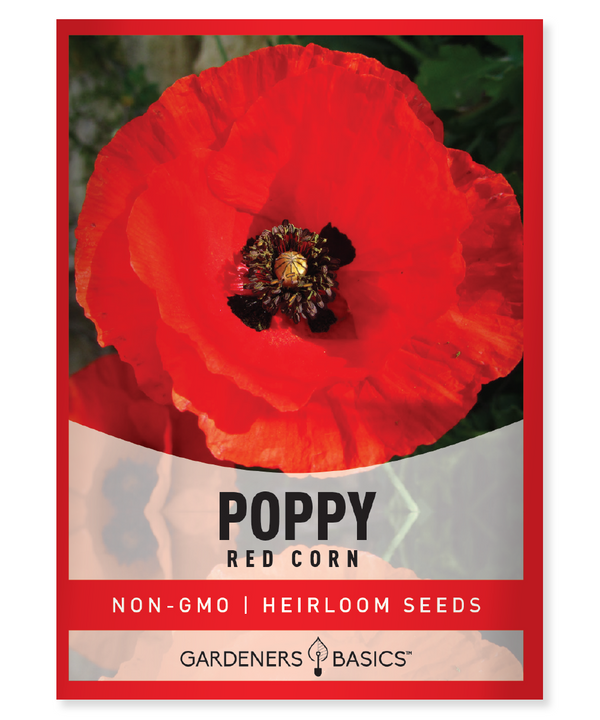
$2.49
Red Corn Poppy Seeds - Heirloom, Non-GMO, Open-Pollinated Grow the iconic Red Corn Poppy (Papaver rhoeas) in your garden with our premium-quality, heirloom, non-GMO, non-hybrid, and open-pollinated seeds. This stunning wildflower, also known as Flanders Poppy or Field Poppy, brings… read more
5. Caring for Poppy Seedlings
After your poppy seeds have germinated and you've thinned the seedlings, follow these tips to ensure healthy growth:
- Keep the soil moist but not waterlogged, as poppy plants do not tolerate wet feet.
- Apply a balanced, slow-release fertilizer when the seedlings are 3 to 4 inches tall.
- Mulch around the plants to conserve moisture and suppress weeds.
- Protect the seedlings from pests such as slugs and snails using organic deterrents like diatomaceous earth or copper tape.
6. Poppy Plant Care and Maintenance
Poppies are generally easy to care for, but follow these guidelines to ensure a successful growing season:
- Water regularly, ensuring the soil stays evenly moist but not soggy.
- Deadhead spent flowers to encourage continuous blooming and prevent seed formation.
- Stake taller poppy varieties to provide support and prevent them from toppling over.
- Watch for common pests like aphids and treat them promptly with insecticidal soap or neem oil.
7. Harvesting Poppy Seeds
Once the seed pods have dried and turned brown, you can harvest the poppy seeds for planting next year or for culinary use:
- Cut the seed pods from the plant, leaving a short stem attached.
- Place the pods in a paper bag and store them in a cool, dry place for 1 to 2 weeks to allow them to dry further.
- Shake the bag to release the seeds from the pods.
- Separate the seeds from any debris, and store them in an airtight container in a cool, dark location until it's time to plant again.
 8. Frequently Asked Questions - How to Plant Poppy Flower Seeds
8. Frequently Asked Questions - How to Plant Poppy Flower Seeds
Q: Can I winter sow poppy seeds?
A: Yes, you can winters sow poppy seeds by sowing them outdoors in a protected container during the winter months. The natural freeze-thaw cycles will help break seed dormancy and promote germination in the spring.
Q: How long do poppy plants live?
A: Most poppies are annuals or short-lived perennials. Annual varieties will complete their life cycle in one growing season, while perennial types may live for several years, depending on the climate and growing conditions.
Q: Are poppies toxic to pets?
A: Some poppy varieties, particularly the opium poppy (Papaver somniferum), can be toxic to pets if ingested. It's best to consult with your veterinarian if you have concerns about specific poppy varieties and your pets.
By following this in-depth guide on how to plant poppy flower seeds, you'll be well on your way to enjoying a garden filled with these stunning, easy-to-care-for heirloom seed flowers. Happy gardening!



